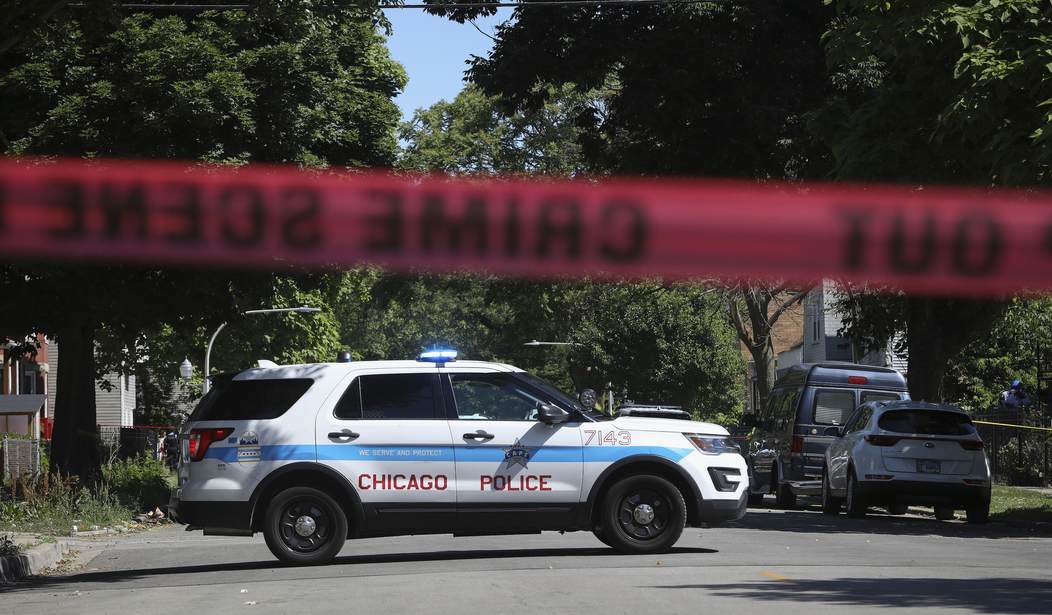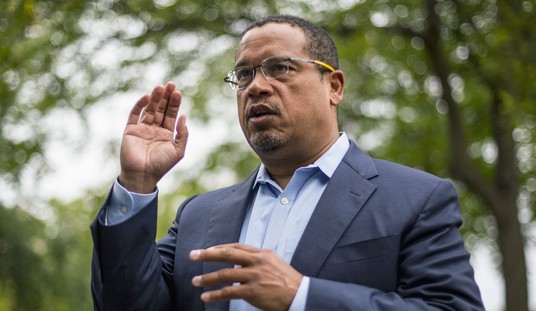Last week CNN published a story headlined “Concerns rising inside White House over surge in violent crime.”
A nationwide surge in violent crime has emerged as a growing area of concern inside the White House, where President Joe Biden and his aides have listened with alarm as local authorities warn a brutal summer of killing lies ahead…
Across the country, the easing of pandemic restrictions paired with the onset of warmer weather has led to a troubling increase in crime, much of it involving guns. After years of decreasing crime statistics, the homicide rate surged in major cities in 2020 and that trend appears poised to continue this year.
In May, the NY Times reported this was a problem facing progressives across the country:
Now, a year after Mr. Floyd’s death, Los Angeles and other American cities face a surge in violent crime amid pandemic despair and a flood of new guns onto the streets. The surge is prompting cities whose leaders embraced the values of the movement last year to reassess how far they are willing to go to reimagine public safety and divert money away from the police and toward social services…
It is a trend mirrored across the country, where crime is skyrocketing in many big cities, putting liberal leaders under pressure to balance the demands of activists against the concerns of some residents about rising violence. In New York, where homicides grew by nearly 45 percent last year, crime is dominating the discussion in the race for mayor.
The result is that some progressives, like the mayor of Minneapolis are now turning their backs on “defund the police.” But some on the far left aren’t willing to admit the rise in crime signifies a problem for their argument about defunding the police. Even last year, AOC was already progressive-splaining the rise in crime as people stealing bread to avoid going hungry.
That same sort of pushback from the far left is happening again this year. Earlier this week the Guardian published a piece titled “How bad is the rise in US homicides? Factchecking the ‘crime wave’ narrative police are pushing.” The authors conclude it’s not that bad, historically speaking:
A preliminary government estimate shows a 25% single-year increase in killings in 2020. In some larger cities, the number of homicides has remained higher than usual through the early months of 2021…
The rise in homicides likely translated into an additional 4,000 to 5,000 people killed across the country compared with the year before, according to early estimates…
And yet, even after an estimated 25% single-year increase in homicides, Americans overall are much less likely to be killed today than they were in the 1990s, and the homicide rate across big cities is still close to half what it was a quarter century ago.
New York City saw more than 2,200 killings in a single year in 1990, compared with 468 last year, according to city data. In the bigger picture, that’s a nearly 80% decrease.
Los Angeles saw more than 1,000 homicides a year in the early 1990s, compared with fewer than 350 last year.
This is the kind of analysis you’ll see a lot, i.e. sure things are looking bad but not as bad as they were 25-30 years ago. The left wants us to keep a few thousand extra murders in perspective (even as they want us to raise the alarm over 60 unarmed people shot by police last year). Case in point, here was Nikole Hannah Jones take on Twitter yesterday. (I’m using a screenshot because she frequently deletes her own tweets.)

Her argument in the first tweet is that the media is whipping up a false narrative about crime. Someone responded by pointing out this Associated Press story published yesterday:
Homicides in California jumped 31% last year, making it the deadliest year since 2007, and Black people accounted for nearly one-third of all victims as the nation’s most populous state struggled with the coronavirus pandemic and concerns over racial injustice, according to reports released Thursday.
The 2,202 homicides last year were 523 more than in 2019, while the rate increased by a similar margin — from 4.2 to 5.5 homicides per 100,000 people.
That’s the most slayings since 2,258 people were killed in 2007, and the rate is the highest since 2008. Black people make up 6.5% of California’s population but accounted for 31% of all victims last year. Hispanic people accounted for 45%, while 16% were white.
You might think that the author of the 1619 Project would pause a moment to show some concern over the significantly disproportionate violence black Californians are experiencing, i.e. dying from violent crime at a rate that is 5 times their percentage of the population. But no, her response was only to pedantically argue that a 13 year high isn’t a 20 year high and murder isn’t all crime. In other words, the AP story doesn’t undercut her previous statement about the media over-hyping a surge in crime.
Except there’s a problem with her analysis. The AP story quoted above was about the homicide rate in California last year. But the homicide rate has continued to climb in cities around the country this year as well. Here’s a local LA news story from last month:
The numbers of murders and shootings reported in the city of Los Angeles continue to outpace violent crime rates recorded in 2019 and 2020.
One hundred forty-one people have been murdered so far in 2021, a 22-percent increase over the same period in 2020. Six hundred people have been struck by gunfire in shootings in 2021, a 59-percent increase over this time last year…
“It’s not isolated just in Los Angeles,” [LAPD Chief Michael] Moore said. “It’s across the county and major cities across the country. And in many instances, actually higher increases of that violence in those other parts of the country.”
Last week, AH Datalytics created a dashboard designed to track the year-to-date murders in cities around the country. What it currently shows is a 17.9% increase in homicides nationwide compared to last year. The amount varies by city but murder is up in 69.4% of the cities tracked.
Of course the year isn’t over yet and the trends could change, but if you assume an 18% increase in murders this year over last year, then the end result would be the highest raw number of murders nationwide since 1993:

One factor the graph above doesn’t include is the increase in population over time. That matters because as the population grows the raw number of murders actually represents a smaller per capita murder rate. If you correct for population growth (using the same 18% assumption for 2021) then the per capita murder rate at the end of 2021 will be the highest we’ve seen since 1996:

Obviously that’s 25 years ago which is well beyond the 20 years Nikole Hannah-Jones was talking about. In short, she’s almost certainly wrong about the current murder rate (which is nearing a 25 year high) and thus she’s also wrong about the media over-hyping the trend.
Of course it’s true that other types of crime, particularly property crimes are down overall. That trend continued last year during the lockdowns which makes sense. It’s harder to rob and burglarize people when they are home all the time and almost no one is out on the streets.
If progressives want to argue that we shouldn’t worry about the skyrocketing murder rate because robbery is down, let them. I don’t think anyone is going to be persuaded by that argument. People are naturally more worried about violent crime than property crime and that’s especially true when they see local news stories about toddlers and young children being killed in the crossfire as we’ve seen happen several times already this year. In short, the reason they are pushing back so hard on this is that they know it really puts a dent in their plans to defund the police.








Join the conversation as a VIP Member